Childhood dental caries remain a persistent public health challenge, with recent data reaffirming the need for innovative prevention strategies. Despite ongoing efforts by oral health agencies, including the Office for Health Improvement and Disparities, the goal of achieving cavity-free childhood still requires significant attention.
Dental researchers point to the dynamic balance between causative and protective factors in the caries process. Causative factors include excessive sugar consumption, poor oral hygiene, and high bacterial plaque levels. Protective strategies, meanwhile, involve the use of fluoride, improved dietary awareness, and emerging acid-neutralising technologies.
Understanding the caries process
Dental caries occur when acids produced by plaque bacteria demineralise the enamel. Fluoride plays a proven role in delaying this process and aiding remineralisation, but it does not prevent the acid production at its root.
Researchers are now focusing on technologies that neutralise these acids at the source. One such innovation uses arginine, a naturally occurring amino acid. When metabolised by certain bacteria in the mouth, arginine produces ammonia, which neutralises plaque acids. This creates a more alkaline environment that is less favourable to decay-causing bacteria and supports enamel remineralisation.
Saliva and plaque pH: a critical factor
A neutral pH in saliva maintains mineral balance, allowing fluoride and calcium to work more effectively. Acid-neutralising agents can therefore enhance fluoride's impact, reducing enamel demineralisation and promoting tooth repair. This combination has shown statistically significant reductions in caries progression in multiple clinical studies.
Sugar intake: a persistent concern
Despite public health policies like the Sugar Tax introduced in 2018, children in many regions still consume up to twice the recommended daily amount of sugar. Nearly half of that sugar comes from snacks and sugary drinks, often marketed as healthy alternatives.
Conflicting nutritional advice and a lack of awareness about hidden sugars in common children's snacks further complicate prevention. For example, dried fruits and fruit juices can contribute to acid attacks on enamel.
The role of oral health professionals
Dental professionals are critical in educating families about oral health. While information sharing is helpful, studies show that behavioural change requires consistent, tailored communication. Healthcare providers must go beyond information to reinforce good practices and dispel myths about food choices.
Moving forward with innovation
Recent studies suggest that combining fluoride with acid-neutralising compounds can significantly lower the rate of new cavity formation in children. Over a two-year period, children using such formulations experienced notably fewer caries than those using traditional fluoride toothpaste alone.
While product-specific outcomes remain proprietary to manufacturers, the science behind acid-neutralisation is gaining broader attention among oral health researchers and policymakers as a potential breakthrough in public health dentistry.
PITTSBURGH, USA: U.S. researchers have found that certain variants of keratin, proteins that are key structural components of hair, also help in the ...
KARACHI, Pakistan: Artificial intelligence (AI) is transforming dentistry, offering powerful tools to detect caries with speed and precision once ...
Live webinar
Mon. 12 January 2026
7:00 pm PKT (Islamabad)
Prof. Judith Jones D.D.S; M.P.H., Prof. Kakuhiro Fukai D.D.S., Ph.D, Dr. Bathsheba (Bethy) Turton
Live webinar
Wed. 14 January 2026
10:00 pm PKT (Islamabad)
Dr. Théo Laplane, Dr. Robert Gottlander DDS
Live webinar
Fri. 16 January 2026
10:00 pm PKT (Islamabad)
Live webinar
Mon. 19 January 2026
11:00 pm PKT (Islamabad)
Philipp Kopp, Michael Seeber
Live webinar
Fri. 23 January 2026
12:00 am PKT (Islamabad)
Dr. Nicola M. Grande DDS, PhD
Live webinar
Wed. 28 January 2026
6:00 pm PKT (Islamabad)
Live webinar
Wed. 28 January 2026
9:00 pm PKT (Islamabad)
Prof. Dr. Jan-Frederik Güth



 Austria / Österreich
Austria / Österreich
 Bosnia and Herzegovina / Босна и Херцеговина
Bosnia and Herzegovina / Босна и Херцеговина
 Bulgaria / България
Bulgaria / България
 Croatia / Hrvatska
Croatia / Hrvatska
 Czech Republic & Slovakia / Česká republika & Slovensko
Czech Republic & Slovakia / Česká republika & Slovensko
 France / France
France / France
 Germany / Deutschland
Germany / Deutschland
 Greece / ΕΛΛΑΔΑ
Greece / ΕΛΛΑΔΑ
 Hungary / Hungary
Hungary / Hungary
 Italy / Italia
Italy / Italia
 Netherlands / Nederland
Netherlands / Nederland
 Nordic / Nordic
Nordic / Nordic
 Poland / Polska
Poland / Polska
 Portugal / Portugal
Portugal / Portugal
 Romania & Moldova / România & Moldova
Romania & Moldova / România & Moldova
 Slovenia / Slovenija
Slovenia / Slovenija
 Serbia & Montenegro / Србија и Црна Гора
Serbia & Montenegro / Србија и Црна Гора
 Spain / España
Spain / España
 Switzerland / Schweiz
Switzerland / Schweiz
 Turkey / Türkiye
Turkey / Türkiye
 UK & Ireland / UK & Ireland
UK & Ireland / UK & Ireland
 International / International
International / International
 Brazil / Brasil
Brazil / Brasil
 Canada / Canada
Canada / Canada
 Latin America / Latinoamérica
Latin America / Latinoamérica
 USA / USA
USA / USA
 China / 中国
China / 中国
 India / भारत गणराज्य
India / भारत गणराज्य
 Vietnam / Việt Nam
Vietnam / Việt Nam
 ASEAN / ASEAN
ASEAN / ASEAN
 Israel / מְדִינַת יִשְׂרָאֵל
Israel / מְדִינַת יִשְׂרָאֵל
 Algeria, Morocco & Tunisia / الجزائر والمغرب وتونس
Algeria, Morocco & Tunisia / الجزائر والمغرب وتونس
 Middle East / Middle East
Middle East / Middle East


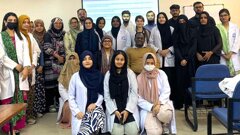



























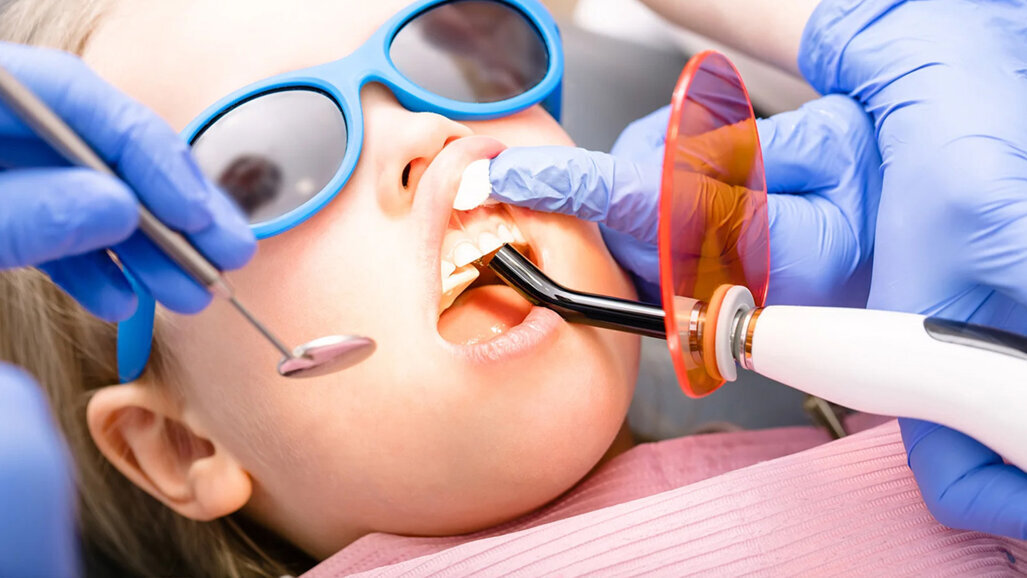



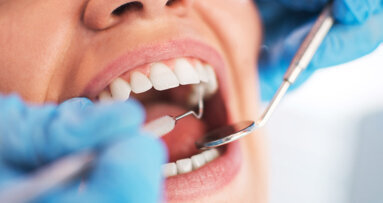
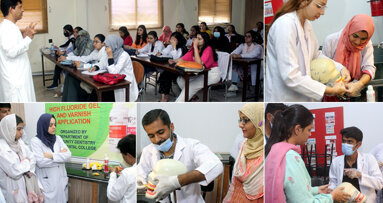





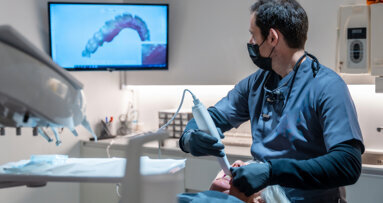
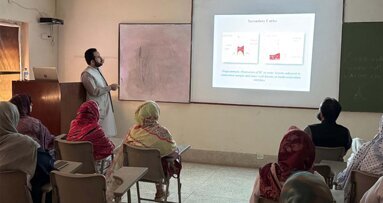
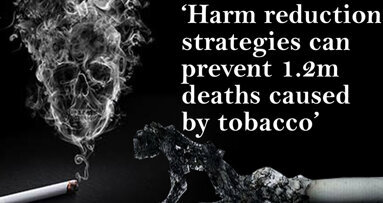

















To post a reply please login or register